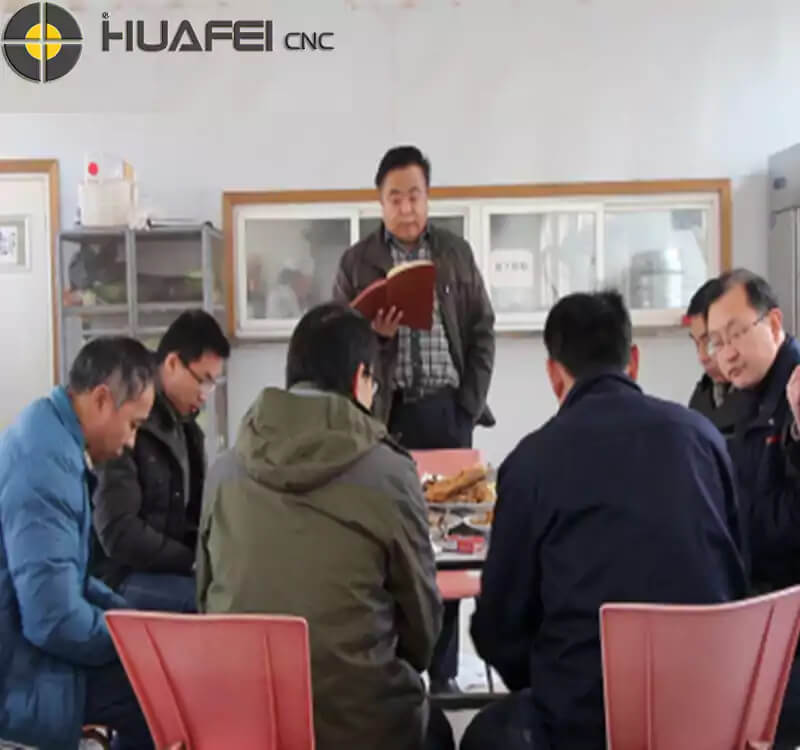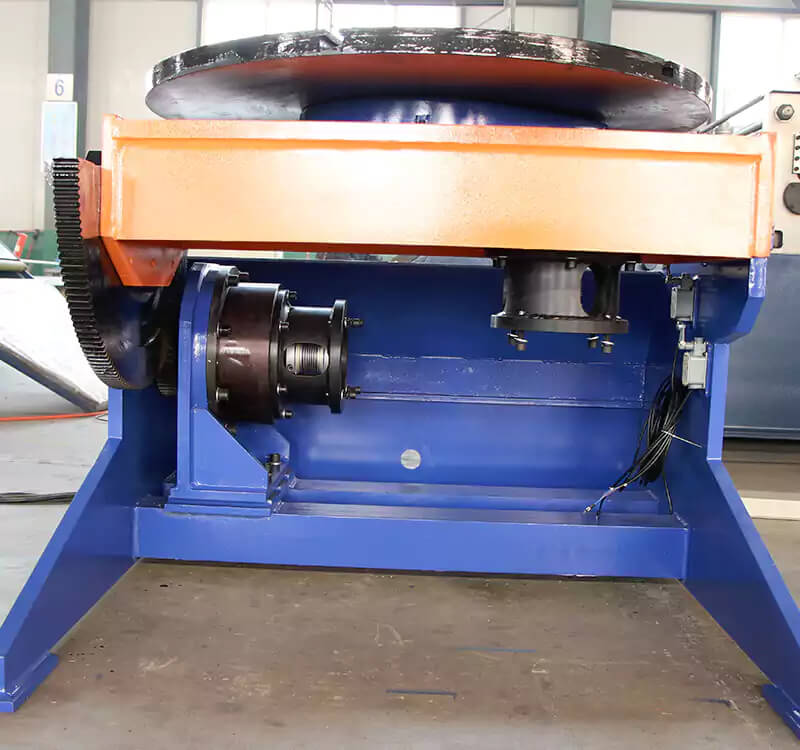
2015 Hua Fei CNC company dinner
How to choose a suitable welding positioner?
How to maintain the welding positioner?
Rescue measures for CNC cutting machine with large cutting error
How to protect a welding positioner?
How to purchase a good welding positioner?
Maintenance method of special welding chuck for positioner
How much do you know about the classification of the welding rotators?
Structure Types of Welding positioners
The 8 principles for choosing a welding positioner
Common fault problems and solutions of welding positioner
Welding positioner is a positioning machine that rotates and tilts the weldment, in order to keep the welding seam always in the right position easy for welding. Use welding positioner properly can make welding efficient higher, quality better and labor cost lower.
Meanwhile, it’s one of the essential equipment for mechanization and automation of the welding procedure. By co-working with a welding manipulator, it can deal with auto welding complicated weldment.
Nowadays, welding positioner is widely used in construction machinery, heavy-duty machinery, vehicle, boiler, pressure vessel, pipe and tube, and other manufacturing industries.

Structure types of welding positioners:
There are 4 types: arm-type, seat-type, double-seat type, and L type with dual rotating.
1.Arm type welding positioner: It has a rotating platform, arm, overturning axis, rotating axis, base, and other essential parts. The rotating platform is driven by a motor for constant speed rotating. It’s installed at the end of the arm. The arm together with the rotating platform can tilt for a certain angle with the overturning axis. While the rotary axis can make the platform rotate around the arm’s vertical axis. The advantages of this type are: the working range is big, easy to operate, and good adaptability. The disadvantages are poor stability structure, a low burden. It can carry 600kg or lighter weldment. Usually used on small type weldment, in stick welding (SMAW), MIG welding (GMAW).
When using hydraulic driving the maximum burden can be up to 10T or so.
2.Seat type welding positioner (also called benchtop welding positioner): It’s the most popular structure of welding positioner. It has a rotating platform, overturning module, a motor driving system, and a base. The weldment is put on the platform and clamped by chucks. So the weldment won’t loosen when the platform is turning over. The rotating platform can work with either a DC motor or AC motor. It can achieve infinitely variable speeds in a wide range by the speed control system. Therefore it can meet various welding requirements. The rotating and overturning of the platform is via a fan-shape gear. And it’s driven by a motor or hydraulic cylinder. The maximum overturning angle is usually 110°-135°. And the tilting speed is constant. The weldment can stop and lock at any angle.
This type of welding positioner has a compact structure, excellent stability, big burden (max 400t), easy moving, and operating.
If you want to have a bigger working range and wider adaptability we can make it lifting type. The lifting module runs with motors along with columns and clamping wheels or with ball screw structure.
To have better stability and safety the lifting and overturning part can use a hydraulic cylinder instead of a motor. This makes it even more compact.
One of the disadvantages is that it has strict requirements of the length of weldments. And the centroidal distance should also be in a safe range. When you want to weld long weldment there’s a simple solution: to use a secondary rotator.
